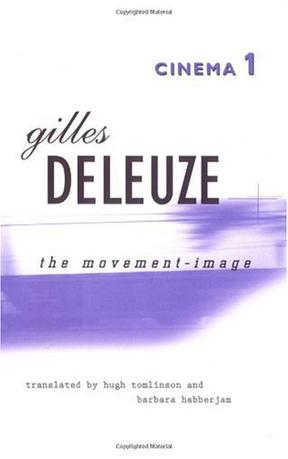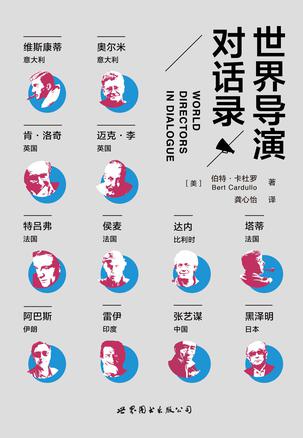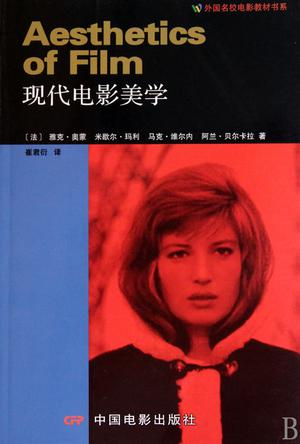-

Cinema 1
First published in France in 1983, this is at once a revolutionary work in philosophy and a book about cinema. For Deleuze, philosophy cannot be a reflection of something else; philosophical concepts are, rather, the images of thought, to be understood on their own terms. Here he puts this view of philosophy to work in understanding the concepts-or images-of film. Cinema, to Deleuze, is not a language that requires probing and interpretation, a search for hidden meanings; it can be understood directly, as a composition of images and signs, pre-verbal in nature. Thus he offers a powerful alternative to the psychoanalytic and semiological approaches that have dominated film studies. Drawing upon Henri Bergson's thesis on perception and C. S. Peirce's classification of images and signs, Deleuze is able to put forth a new theory and taxonomy of the image, which he then applies to concrete examples from the work of a diverse group of filmmakers—Griffith, Eisenstein, Pasolini, Rohmer, Bresson, Dreyer, Stroheim, Buñuel, and many others. Because he finds movement to be the primary characteristic of cinema in the first half of the twentieth century, he devotes this first volume to that aspect of film. In the years since World War II, time has come to dominate film; that shift, and the signs and images associated with it, are addressed in Cinema 2: The Time-Image. "The appearance of [this book] is an exciting event for film study and one that well deserves serious attention and commentary." —Film Quarterly -

The Geopolitical Aesthetic
"The Geopolitical Aesthetic is a dazzling... distillation and application of the theoretical system he first presented in The Political Unconscious (1981)." The San Francisco Bay Guardian Taking contemporary films from the United States, Russia, Taiwan, France, and the Philippines, The Geopolitical Aesthetic offers a reading of some of the most interesting films of the last decade and a general account of filmic representation in the postmodern world. Fredric Jameson poses some essential questions: How does representation function in contemporary film? How does contemporary cinema represent an ever more complex and international social reality? Jameson s sophisticated and theoretically informed readings stress the ways in which disparate films for example, Godard s Passion, Pakula s All the President s Men, Yang s The Terrorizer, Tahimik s The Perfumed Nightmare, Tarkovsky s Andrei Roublev confront similar problems of representation. The solutions vary widely but the drive remains the same the desire to find adequate allegories for our social existence.The Geopolitical Aesthetic, a refinement and development of the arguments put forward in Jameson s seminal work The Political Unconscious, is crucial reading for everyone interested in both film analysis and cultural studies." -

Godard On Godard
Jean-Luc Godard, like many of his European contemporaries, came to filmmaking through film criticism. This collection of essays and interviews, ranging from his early efforts for La Gazette du Cinéma to his later writings for Cahiers du Cinéma, reflects his dazzling intelligence, biting wit, maddening judgments, and complete unpredictability. In writing about Hitchcock, Welles, Bergman, Truffaut, Bresson, and Renoir, Godard is also writing about himself—his own experiments, obsessions, discoveries. This book offers evidence that he may be even more original as a thinker about film than as a director. Covering the period of 1950–1967, the years of Breathless, A Woman Is a Woman, My Life to Live, Alphaville, La Chinoise, and Weekend, this book of writings is an important document and a fascinating study of a vital stage in Godard’s career. With commentary by Tom Milne and Richard Roud, and an extensive new foreword by Annette Michelson that reassesses Godard in light of his later films, here is an outrageous self-portrait by a director who, even now, continues to amaze and bedevil, and to chart new directions for cinema and for critical thought about its history. -

世界导演对话录
《世界导演对话录》按照地理位置来编排,在内容选择上兼收并蓄。在意大利导演中,维斯康蒂借由一次成功的冒险超越了新现实主义,奥尔米则颠覆了新现实主义。在以法语为第一语言的导演中,有从新浪潮转为保守派的导演特吕弗与侯麦;有最伟大的电影小丑和视觉喜剧家塔蒂;还有将社会意识重新带回欧洲电影的领军人物达内兄弟。亚洲导演中,雷伊和黑泽明——他们可以说是所有类型片的大师。张艺谋,他在二十世纪八十年代将中国电影引入西方。与此同时,基亚罗斯塔米也把伊朗电影带到了西方。而英国导演肯·洛奇和迈克·李,他们都认为电影应该具有社会意识。 -

现代电影美学
《现代电影美学》现为巴黎第三大学电影专业教材。四位作者分别是巴黎第三大学电影美学教授雅克·奥蒙、米歇尔·玛利、马克·维尔内和《电影手册》编辑阿兰·贝尔卡拉。 本书涉及符号学、叙事学和精神分析学等电影研究新学科,涵盖了雨果·门斯特伯格、贝拉·巴拉兹、谢尔盖·爱森斯坦、安德烈·巴赞、让·米特里、罗兰·巴尔特、克里斯蒂安·麦茨等电影理论大家的重要思想。 本书超越了时间的局限性和意识形态的影响,不仅是对已发生事实的归纳总结,更是对于未来的指导和预言。